
If there For radio enthusiasts, building a radio is an age-old topic. Here's a shortwave regenerative radio, originally designed with a 2SK241 field-effect transistor for regeneration detection. It can receive shortwave broadcasts from 7MHz to 16MHz, and can be upgraded by adding a high-gain circuit with an additional field-effect transistor. Here's the circuit diagram:

The circuit is quite simple, constructed using the Manhattan method. You can also use a printed circuit board, and drawing the board layout for a simple circuit is not troublesome. The following improvements were made:
· Added a low-gain stage.
· Reserved tuning conditions, allowing the variable capacitor to be replaced with a varactor diode for tuning.
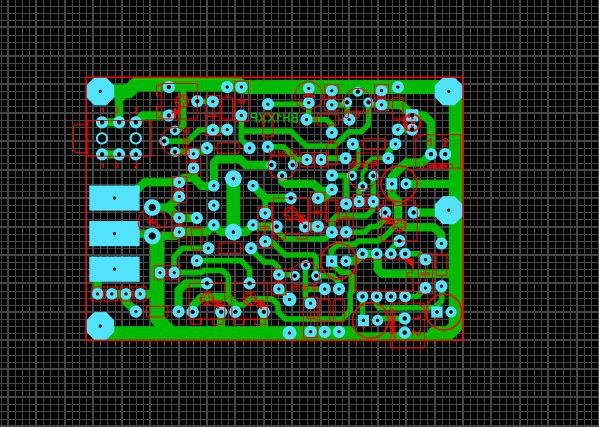
The circuit board is created using the heat transfer method.
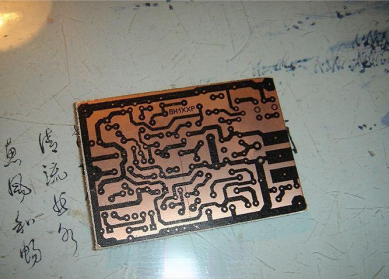
The board is etched using ferric chloride solution, then drilled, cleaned, and coated with a shellac alcohol solution for protection.
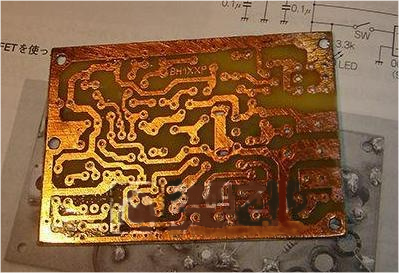
Prepare the components; besides the 2SK241 transistors, all other components are common. If the 78L05 is unavailable, a 78L06 can be used. For tuning, use two variable capacitors – one large-capacity for coarse tuning and one small-capacity for fine tuning. Variable capacitor CB-223 is used for coarse tuning.
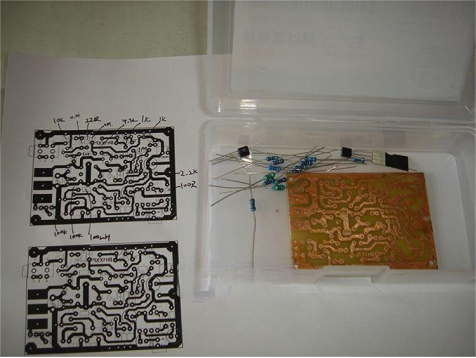
An essential component is the antenna coil, typically using the FCZ Research Institute's 10S14 coil. If unavailable, wind your own using a set of medium-wave frames.
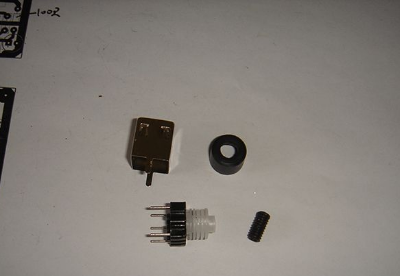
Proceed to solder the components step by step, leaving the high-frequency signal output section temporarily unsoldered.
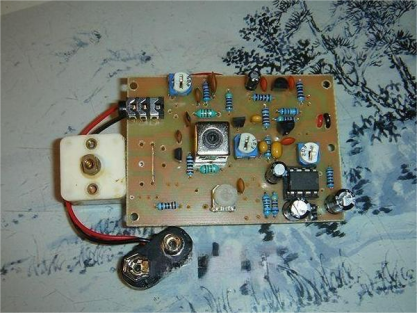
The functions of the knobs are as follows:
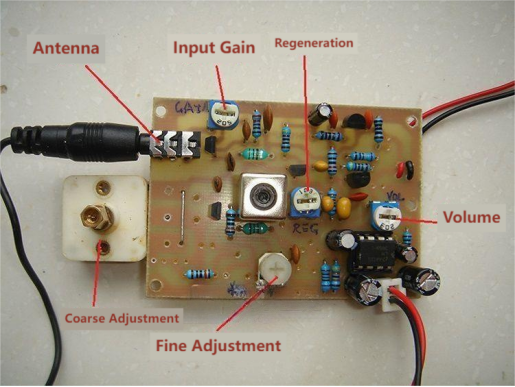
Verify the performance of the finished radio. Connect the antenna; a 5-6 meter external antenna from a Desheng radio placed from the windowsill to a clothes rack on the balcony. Power the radio with a 9V battery.
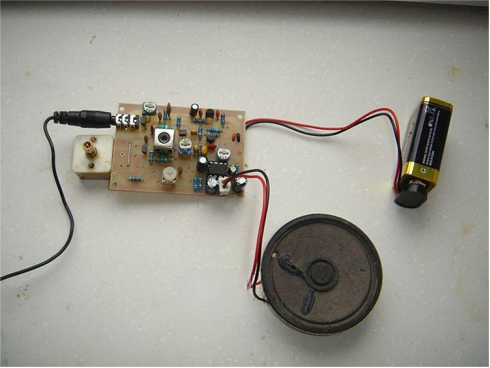
Listening experience: The joy of a regenerative radio lies in tuning while adjusting regeneration. Signal generator testing reveals a reception range of approximately 6.5MHz to 14MHz. Without an external antenna, no signals are heard. With the Desheng external antenna, strong signals like China Global Broadcasting can be heard loudly during the day, and smaller Chinese stations at higher frequencies. Adjust regeneration when receiving strong signals to avoid distortion.
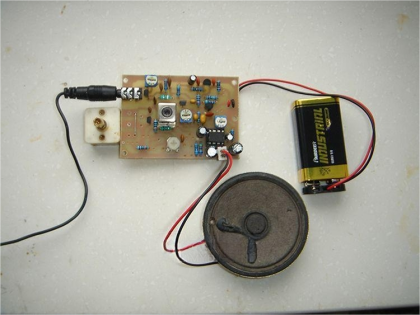
Power consumption: The radio mainly consumes power in the low-frequency power amplifier. Under a 9V supply condition:
· Maximum volume without signal: Approximately 6-8mA.
· Normal listening with loud volume and no distortion: Fluctuates between 20-30mA.
· Strong regeneration without self-oscillation but with obvious distortion: Approximately 50mA.
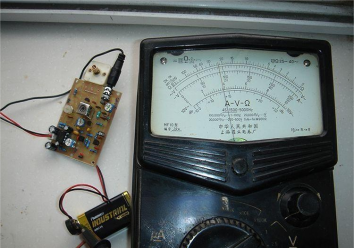
Issues include uneven sensitivity at low and high ends. Low-end sensitivity is strong, while high-end sensitivity is weak. Further adjustments are needed for tuning at the high end, even with maximum regeneration. Future modifications can be explored to address these issues.




